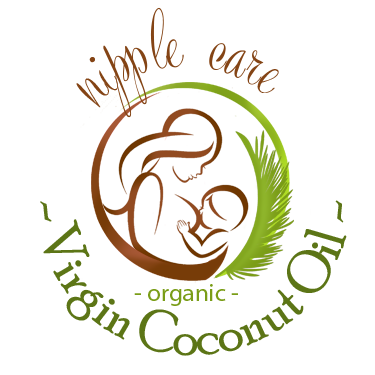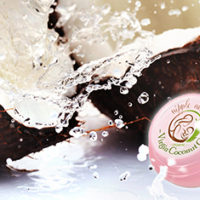Take your art of breastfeeding to the next level!

During the early weeks optimal positioning is especially important. When you and your baby are well positioned, your nipples stay healthy and your baby can feed most efficiently. Concern about sore nipples is a common reason that mothers contact La Leche League. Proper positioning helps eliminate many cases of sore nipples.
Basic Steps for Optimal Positioning
1. Position yourself comfortably with back support, pillows supporting your arms and in your lap and your feet supported by a footrest or a telephone book.
2. Position baby close to you, with his hips flexed, so that he does not have to turn his head to reach your breast. His mouth and nose should be facing your nipple. If possible, ask your helper to hand you the baby once you are comfortable.
3. Support your breast so it is not pressing on your baby’s chin. Your baby’s chin should drive into your breast.
4. Attach or latch baby onto your breast. Encourage him to open his mouth wide and pull him close by supporting his back (rather than the back of his head) so that his chin drives into your breast. His nose will be touching your breast. Your hand forms a “second neck” for your baby.
5. Enjoy! If you are feeling pain, detach baby gently and try again.
The cross-over hold

Also known as the cross-cradle hold, this position differs from the cradle hold in that you don’t support your baby’s head with the crook of your arm. Instead, your arms switch roles.
If you’re nursing from your right breast, use your left hand and arm to hold your baby. Rotate his body so his chest and tummy are directly facing you. With your thumb and fingers behind his head and below his ears, guide his mouth to your breast.
Best for: This hold may work well for small babies and for infants who have trouble latching on.
The clutch or football hold

As the name suggests, in this position you tuck your baby under your arm (on the same side that you’re nursing from) like a football or handbag.
First, position your baby at your side, under your arm. She should be facing you with her nose level with your nipple and her feet pointing toward your back.
Rest your arm on a pillow in your lap or right beside you, and support your baby’s shoulders, neck, and head with your hand. Using a C-hold (see below), guide her to your nipple, chin first.
But be careful — don’t push her toward your breast so much that she resists and arches her head against your hand. Use your forearm to support her upper back.
Best for: You may want to try this hold if you’ve had a Cesarean section (to avoid having the baby rest on your stomach). And if your baby is small or has trouble latching on, the hold allows you to guide her head to your nipple. It also works well for women who have large breasts or flat nipples, and for mothers of twins.
The cradle hold

This classic breastfeeding position requires you to cradle your baby’s head with the crook of your arm. Sit in a chair that has supportive armrests or on a bed with lots of pillows. Rest your feet on a stool, coffee table, or other raised surface to avoid leaning down toward your baby.
Hold her in your lap (or on a pillow on your lap) so that she’s lying on her side with her face, stomach, and knees directly facing you. Tuck her lower arm under your own.
If she’s nursing on the right breast, rest her head in the crook of your right arm.
Extend your forearm and hand down her back to support her neck, spine, and bottom. Secure her knees against your body, across or just below your left breast. She should lie horizontally, or at a slight angle.
Best for: The cradle hold often works well for full-term babies who were delivered vaginally. Some mothers say this hold makes it hard to guide their newborn’s mouth to the nipple, so you may prefer to use this position once your baby has stronger neck muscles at about 1 month old. Women who have had a cesarean section may find it puts too much pressure on their abdomen.
Reclining position

To nurse while lying on your side in bed, ask your partner or helper to place several pillows behind your back for support. You can put a pillow under your head and shoulders, and one between your bent knees, too. The goal is to keep your back and hips in a straight line.
With your baby facing you, draw him close and cradle his head with the hand of your bottom arm. Or, cradle his head with your top arm, tucking your bottom arm under your head, out of the way.
If your baby needs to be higher and closer to your breast, place a small pillow or folded receiving blanket under his head. He shouldn’t strain to reach your nipple, and you shouldn’t bend down toward him. You may need to lift your breast, with your fingers underneath, so he can reach comfortably.
Best for: You may want to nurse lying down if you’re recovering from a cesarean or difficult delivery, sitting up is uncomfortable, or you’re nursing in bed at night or during the day.
Time to stop?
Ideally, your baby will decide he’s had enough when he’s drained one or both breasts. If you need to change your baby’s position, switch him to the other breast, or end his feeding for any reason, gently insert your finger into the corner of his mouth. A quiet “pop” means you’ve broken the suction (which can be remarkably strong!), and you can pull him away.







Leave a Reply